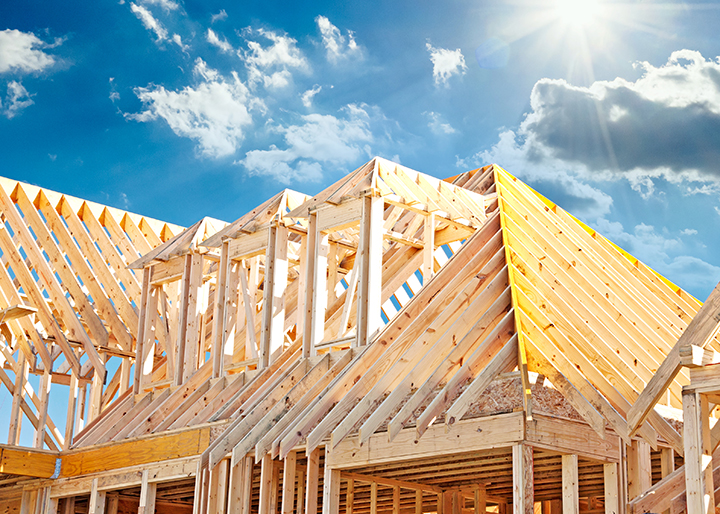Build Baby Build

The Case for Legislation That Encourages and Incentivizes New Investment and Development in Housing
By David Howard
America’s housing market has a problem – we are not producing enough homes. Just consider the following:
» In 1970, America built 420,000 “starter” homes; in 2020 we built just 65,000.
» Fannie Mae has reported there were fewer homes built in the U.S. in the 10-year period ending in 2018 than in any decade since the 1960s.
» The Washington, DC nonprofit, Up for Growth, has shown the amount of housing underproduction in the U.S. increased to 3.79 million units in 2019 from 1.65 million units in 2012.
» Realtor.com calculated that the gap between single-family home construction and household formation grew to 6.5 million between 2012 and 2022.
As a result, the cost of housing keeps increasing. In October of 2023 the S&P Case Shiller Home Price Index reached an all-time high of 312.95, rising more than 50% over the las five years and almost 100% over the last ten years. The result? More Americans are at risk of being priced out of the housing market. According to the National Association of Home Builders, 96.5 million American households are unable to afford a median priced new home. And, with every $1,000 increase in the cost of a median priced new home, an additional 140,000 households are priced out of the market.
While some may say rising interest rates are to blame — a factor that undoubtedly makes financing a home less appealing and more expensive — it does not explain the continuing rise in home prices. Historically, one would expect rising rates to be offset to some degree by a decline, or at least a moderation, in home prices. However, that has not been the case.
During the rising rate environment of the past 18 months, home prices have not declined, but in fact, have increased. While it is certainly true that America’s housing market is influenced by a wide variety of factors, one of the chief reasons home prices have continued to increase is because we are not building enough homes.
As we all learned in Economics 101, strong demand coupled with low supply means higher prices.
The concern over housing supply is the subject of a new report by the Urban Institute, a Washington, DC research and policy nonprofit focused on issues of upward mobility and equity. The report, titled “Place the Blame Where It Belongs,” examines the high cost of housing in the U.S. and cites a lack of supply as the principal cause.
In the report, the Urban Institute also dispels many of the myths and inaccuracies — including the role of housing investors — commonly used to distract attention from the true underlying causes of the housing market supply/demand dynamic.
Key takeaways from the report include:
» “A massive supply shortage is causing high home prices and rents, and the way to fix it is to build more housing (and rehabilitate existing house where economical).”
» “It is important to begin with the basic fact that high home prices and rents are the result of the housing supply shortage, caused by more robust household formation relative to increases in the housing stock.”
» “Regardless of whether investors are institutional or mom-and-pop, and regardless of whether investors buy single-family or multifamily properties, the driving cause is that there is more demand than supply, and some of that demand is demand for rental property.”
From a policy perspective the solution is simple: create legislation that encourages and incentivizes new investment and development in housing, a point also brought out in the Urban Institute report:
» “Policy interventions to make housing more affordable for all households must simultaneously 1) make more supply available, and 2) provide adequate subsidies such that lower-income households can afford a place to live.”
» “The federal government must specify a housing supply policy that prioritizes the most cost-effective ways of increasing supply.”
Until we start to produce more housing, consistently, we will continue to suffer the consequences of high home prices.















